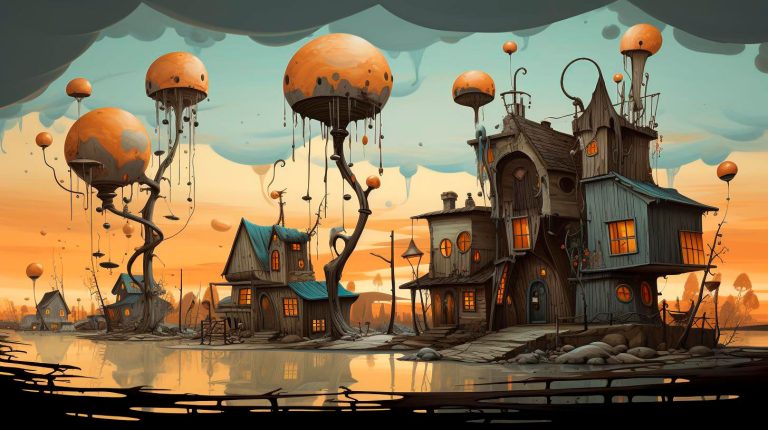In this article, we will explore the significance of color harmonies in still life photography and how they can be effectively utilized to create resonance in your images.
The Power of Color Harmonies
Color is an essential element of visual communication and can greatly influence the mood and emotion conveyed by an image. When used harmoniously, colors can create a sense of balance, depth, and resonance in a photograph, enhancing its overall impact on viewers. By understanding different color harmonies and implementing them intentionally, photographers can elevate the aesthetic appeal of their still life compositions and effectively convey their desired message.
- Analogous Color Harmonies: Analogous color harmonies involve using colors that are next to each other on the color wheel. This harmony results in a cohesive and harmonious image, creating a serene and peaceful atmosphere. For example, a still life photograph featuring shades of red, orange, and yellow can evoke warmth and comfort.
- Complementary Color Harmonies: Complementary color harmonies involve using colors that are opposite each other on the color wheel. This harmony creates a vibrant and energetic contrast, adding visual interest to an image. For instance, pairing blue and orange in a still life composition can result in a dynamic and eye-catching photograph.
- Triadic Color Harmonies: Triadic color harmonies involve using colors evenly spaced around the color wheel. This harmony creates a balanced and vibrant composition. Utilizing colors like red, yellow, and blue in a still life image can create a visually striking and engaging photograph.
Key Takeaways for Still Life Photographers
When it comes to creating resonance through color harmonies in still life photography, there are several key takeaways to consider:
- Understanding the emotional impact of different colors is crucial in determining the mood of your photograph.
- Experimenting with various color harmonies can help you convey different messages and evoke specific emotions.
- Color theory and the color wheel can serve as valuable resources to guide your color choices.
- Don’t be afraid to step outside your comfort zone and explore unconventional color combinations.
- Pay attention to the lighting and how it interacts with the colors in your composition, as it can greatly affect the overall impact of the image.
The Art of Color Harmonies
In addition to enhancing the aesthetic appeal of your still life photographs, color harmonies can also help you create a cohesive body of work by establishing a consistent visual language. By using similar color schemes across your images, you can create a strong visual identity and convey your unique artistic style.
Furthermore, color harmonies can guide viewers’ attention towards specific elements in your composition. When complementary colors are strategically used, they can create a focal point that immediately grabs the viewer’s attention. This technique can be particularly effective when you want to highlight an important object or convey a specific message.
Incorporating Color Harmonies into Your Workflow
Now that you understand the significance of color harmonies in still life photography, it’s time to incorporate them into your creative workflow. Here are a few steps to get you started:
- Preparation: Start by researching and studying different color harmonies to familiarize yourself with their characteristics and emotional impacts.
- Composition: When setting up a still life scene, consider the colors of the objects and how they interact with each other. Experiment with different arrangements to achieve the desired color harmony effect.
- Lighting: Pay attention to the lighting setup and how it influences the colors in your composition. Experiment with different lighting techniques to enhance the color harmonies and create depth in your images.
- Post-Processing: During the editing process, fine-tune the colors and adjust the overall harmony using tools like color balance, saturation, and tone curves. Be mindful not to over-process the colors and maintain a natural look.
Achieving Resonance Through Color Harmonies
Color harmonies play a significant role in creating resonance in still life photography. By strategically selecting and arranging colors in your compositions, you can evoke specific emotions, establish a visual language, and craft visually captivating images that resonate with viewers.
Remember, mastering the art of color harmonies in still life photography takes practice and experimentation. Continuously explore different color combinations, study the works of other photographers, and refine your skills to develop your unique style.
So, grab your camera, start arranging your still life subjects, and let the power of color harmonies bring your images to life.



















+ There are no comments
Add yours